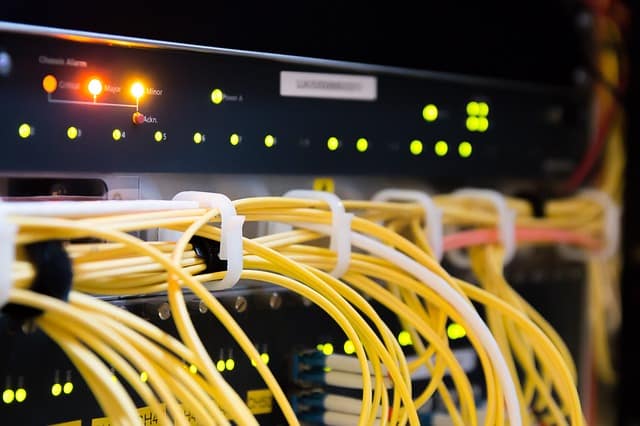DFA has invested more than R800 million to upgrade and future-proof its national fibre network. This investment strengthens DFA’s position as a leading wholesale open-access connectivity provider in South Africa and helps meet the growing demand for fast, reliable internet.
DFA is part of the MAZIV group. Its national network provides connectivity and backhaul services for mobile operators, data centres, internet service providers, and public sector institutions.
This latest investment follows DFA’s R400 million Dry Underground Distribution Cabinet (DUDC) project launched in August 2023, which aimed to stabilise and future-proof its network. The upgrades have already shown positive results, including a 40% improvement in new circuit delivery times and a 100% improvement in the average time taken to repair faults (MTTR) in areas where the new system is active.
“We have improved the average number of new circuits delivered from 800 to 1,500 per month. In one month, we delivered nearly 2,000 new connections—a record for us. We’re also enabling higher line speeds and increasing available capacity to meet the changing needs of our customers,” says Andreas Uys, Chief Technology Officer for MAZIV.
“With the new architecture supported by a recently consolidated PMO office, we are very focused on reducing delivery times while driving high-quality service. Our target this year is to deliver up to 2,500 connections per month,” Uys adds. “We could potentially deliver fibre connectivity to buildings already on our network within 14 days, and to non-connected buildings within 55 days. These upgrades and changes in our PMO are critical to meeting the increasing demand for fast, stable internet services.”
Building on past successes
In late 2022, DFA faced customer complaints about network instability and slow service delivery. However, Dewald Booysen, Chief Operations Officer for MAZIV, highlights the significant progress made since then.
“We’ve worked tirelessly to address these challenges,” says Booysen. “Our network upgrades have vastly improved resilience and diversity in the network. We still maintained a national uptime of over 99.5%, even during high-incident periods. Currently, we’re performing at an exceptional 99.99% uptime.”
Enhancing customer experience
Booysen explains that maintaining a national network of over 15,000km is challenging, with issues like third-party construction damage, vandalism, copper theft, severe weather, and other environmental factors more than doubling in the past two years. Despite these challenges, DFA has improved its MTTR by 100% through strategic changes over the past year.
“We are seeing consistent and predictable improvements month on month,” says Booysen. “We have drastically improved the time taken to repair customer faults while simultaneously delivering new circuits, conducting ongoing maintenance, and deploying new network architecture.”
Booysen notes that most service challenges were in Gauteng, not nationwide.
“Of the 15,000 kilometers of fibre, about 40% of that infrastructure is in Gauteng, where we experienced the bulk of our challenges, which is just under 5,000 kilometers of fibre.”
Key improvements include dedicated service management contacts for customers, a consolidated Project Office to speed up delivery, an enhanced partner programme, and upgrades to the Network Operations Centre (NOC).
“The new service management initiatives improve customer service and provide customers with a single point of contact for new services and support, while automation and revised business processes within the NOC ensure transparency and proactive communication with customers,” explains Booysen.
Booysen also acknowledges the crucial role played by DFA’s partners during this period.
These efforts reflect DFA’s commitment to providing reliable, high-quality connectivity while continuously improving its network to meet the needs of a digital-first world.
